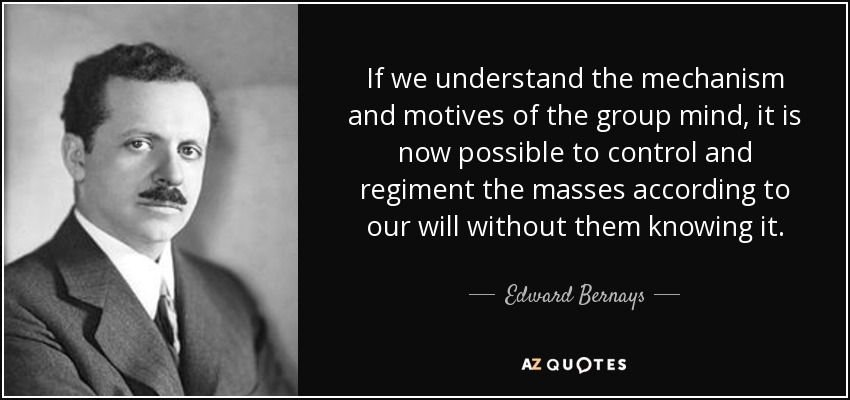The Central Intelligence Agency (CIA) has a fearsome reputation. The author and executor of countless coups and political assassinations, the CIA is notorious for waterboarding, “extraordinary rendition,” regime change, kidnapping, narcotics smuggling, financing of guerrilla wars, and many other unsavory activities around the world, including against Americans, even inside the United States.
Stephen Kinzer’s book, Poisoner in Chief, is a highly readable, thoroughly researched introduction to the life and work of one of America’s most unknown, and yet infamous, government agents: Sidney Gottlieb.
Gottlieb, a bacteriological specialist who had been a star student of Ira Baldwin’s at Wisconsin, is the main figure in Kinzer’s book. His career is virtually synonymous with MKULTRA.
At the end of 1942, a University of Wisconsin bacteriologist Ira Baldwin—“America’s first bio-warrior” and a part-time Quaker preacher—was loaned to Washington in order to set up and run a bioweapons program for the United States military.
Based out of Camp Detrick in Maryland, the Baldwin lab cranked out bioweapons for possible use against Allied enemies. In one of Baldwin’s bigger projects, shipment of tons of anthrax spores, ordered by Winston Churchill for potential use against the Nazis, was approved by President Franklin D. Roosevelt and almost ready for delivery when the Germans surrendered on May 7, 1945.
For many, even for Quaker preachers, World War II cleared away the last of the psychological hurdles against unleashing bioweapons against an enemy. Kinzer’s book tells the tale of how the targeting of unsuspecting populations was later justified by the bigger war, the Cold War, which followed the demise of the Third Reich.
The ruined Third Reich provided much of the original brainpower for MKULTRA. Immediately after World War II, the CIA—formed out of the Office of War Information in 1945—was faced with a choice.
The Germans and the Japanese had been conducting advanced experiments on germ warfare and other forms of biological weaponry.
Should the Allies prosecute as war criminals the scientists involved with such projects, or hire them as expert advisors?
With the Cold War starting and the Soviets looming as an unpredictable enemy, the CIA, with the tacit approval of the few members of the United States Congress who were allowed to know even the existence of the Central Intelligence Agency, decided to make use of the bioweapon expertise of erstwhile foes in order to counter the new adversary in Moscow.
For example, Kurt Blome, the Nazis’ director of biowarfare research and development whose work had been championed by Heinrich Himmler, was acquitted, by American political fiat, at the Doctors’ Trial in Nuremberg in 1947 and sent to work—as part of Operation Paperclip designed mainly to bring German rocket scientists to the US—at Camp Detrick.









